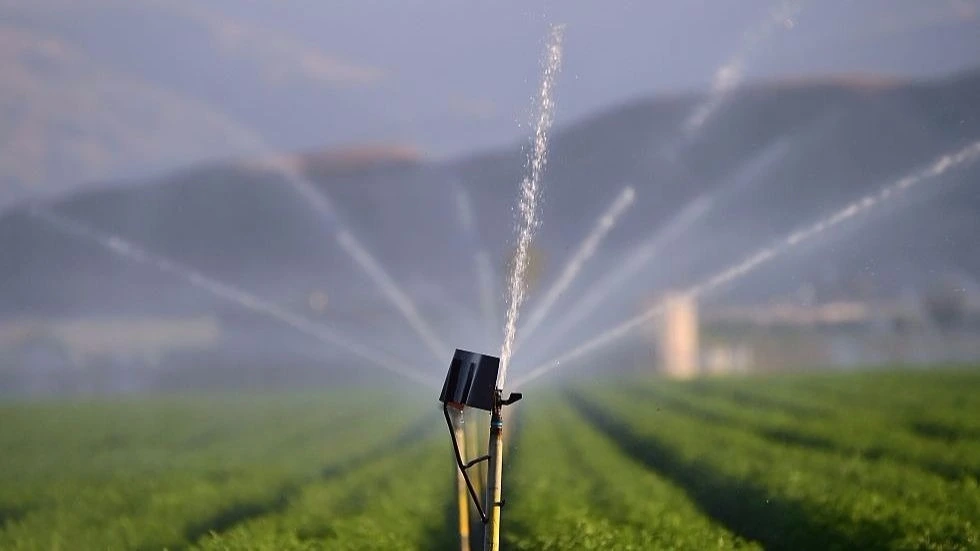This Thanksgiving highlights the need for agriculture innovation
26 November, 2022

This Thanksgiving, even as many people prepare to spend a day with family and friends reflecting on our blessings over a bountiful table, avoiding thoughts of our global food system’s compounding challenges is becoming increasingly difficult. The serious discussions around COP27, the ongoing impact of the war in Ukraine, this year’s cadence of concerning U.N. climate reports — it’s a lot to take in.
Agriculture is currently responsible for more than 10 percent of greenhouse gas emissions in the U.S. alone. Most farmers are committed to conservation, while few businesses are as dependent on natural resources. But there is only so much they can do to personally to battle climate change with the tools they have historically had access to.
With all those factors, it would be hard to find hope for tomorrow. Sometimes yes, but most days we experience a growing sense of optimism as opportunities to have a meaningful impact abound, especially in agriculture.
Critical Innovation
Reading any coverage of this year’s Intergovernmental Panel on Climate Change (IPCC) reports, we see repeated references to the need for adaptation – that while some level of climate change prevention remains possible, humanity must prioritize adapting to our collective changing reality. Not only that, but humanity must adapt much more quickly than today to prevent the worst-case scenario.
This is an incredibly challenging assessment to process, but that concept of “adaptation” is actually what also gives us hope. That’s because some of the latest, most promising innovations in agriculture directly tackle this need. For example, the confluence of advances in technologies such as gene editing and artificial intelligence are making it possible to accomplish incredible feats such as crops that can yield far more while using far fewer natural resources.
It’s not hard to imagine a future where farmers’ access to land and natural resources will be much more limited than it is today. Because of the groundbreaking technologies being developed now, they’ll be able to adapt and continue nourishing people while preserving the planet.
Measurement and Modeling
There’s been a steady drumbeat of recent news that challenges the Environmental, Social and Governance (ESG) ratings some investors use to assess companies’ commitments to sustainability. This has revealed some serious red flags. When an oil company which is a business dependent on environmentally unsustainable activity rates positively, something is clearly amiss. While ESG ratings do still serve a purpose, it’s hard to argue that it includes helping companies ensure they are having a nature-positive impact.
Companies committed to truly making a difference have shown they know better than to rely on ESG ratings to guide strategy. Instead, these organizations are using incredibly sophisticated — and incredibly informative — dynamic systems modeling that not only measures, but directs their sustainability efforts. By understanding the impacts of key levers and decision points the company can address, this approach enables business leaders to go deep on their choices’ systemic impacts, in some cases as far as their value chain and avoided emissions, also known as scope 3 and 4 emissions. That’s well beyond the direct emissions and indirect emissions from purchased energy, or scope 1 and 2 emissions, that most companies report on — a crucial step forward, considering scopes 1 and 2 can account for less than 10 percent of a company’s emissions.
Crucially, because dynamic systems modeling factors in a company’s actual decision points, it becomes an immediate bellwether for how sustainable a new product or program will be. As the climate clock ticks and each decision takes on extra importance, that’s incredibly powerful information.
A Collective Effort
Without a silver bullet in sight, it’s clear the climate challenge requires an “all hands on deck” approach. Fortunately, for all the negative attention that agriculture receives for its historical emissions, it’s also firmly committed to collectively finding a solution.
You see it in the way farmers — a relatively small but tight-knit community — actively share new techniques and best practices on their social channels. You see it in the wave of agriculture startups producing new, tangible solutions. And you see it in global initiatives like the World Economic Forum’s 100 Million Farmers, which aims to drive broadscale transformative change by catalyzing and supporting local ideas.
Climate change is the challenge of our times and we have one lifetime to make a difference. An industry as crucial as agriculture is gaining positive momentum and stepping up to the plate.
Useful Links:
Source: thehill.com
TAG(s):
